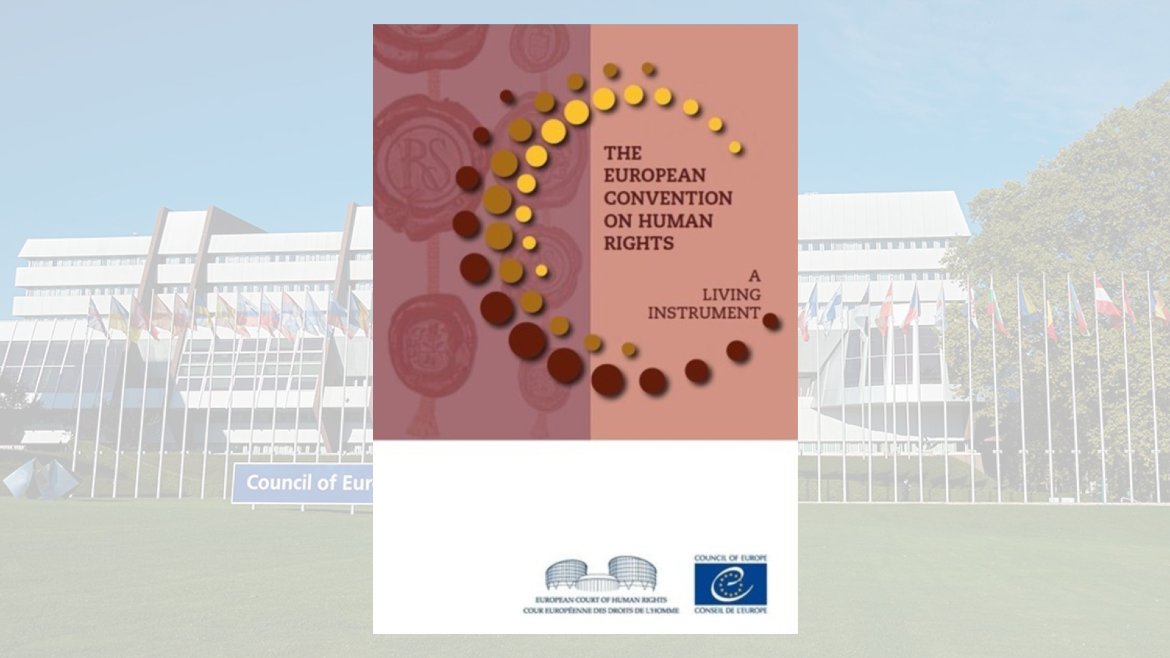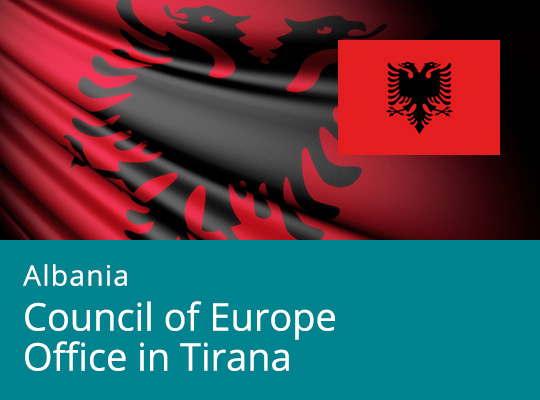Today marks the 70th anniversary of the European Convention of Human Rights, signed by 12 countries in Rome on 4 November 1950. The Convention spells out basic rights and freedoms which can never be breached by the States. These include the right to life or the prohibition of torture, the right to liberty and security or the right to respect for private and family life. It provides a common legal base allowing the same understanding of human rights for people who do not share the same political, legal or social traditions.
Created in the aftermath of the World War II, the Convention was designed to protect individuals against the abuses of their states, to create confidence between populations and governments and to allow dialogue between states.
The Convention violation most often found by the Court concerns the right to a fair trial, because of a lack of fairness or excessively lengthy proceedings. The right to liberty and security and the right to the protection of property also frequently give rise to findings of violations, as is explained in the new booklet “The European Convention on Human Rights: A living instrument”.
Europe has changed considerably over the past seven decades and so have the challenges. To address them, the Convention has had to evolve through this time. It has been frequently revised, and new protocols have been added to widen the scope of human rights, reflecting changes in society, including issues related to new technologies, bioethics or the environment.
The European Court of Human Rights, the main legal organ of the Council of Europe, has ruled on many societal issues such as abortion, assisted suicide, body searches, domestic slavery, adoption by homosexuals, the wearing of religious symbols in schools, the protection of journalists’ sources and the retention of DNA data.
Over time, the Convention, together with the European Court of Human Rights, its case-law and monitoring organs became a unique, continent-wide, collective system that grants in law the same fundamental rights to more than 830 million people living in 47 European States. It also facilitates successful European co-operation and integration. It proved to be a blueprint for good governance and effective democracy on both the domestic and international levels. It is also the cornerstone of everything the Council of Europe does.
If the impact of the Convention is so huge, it is because the rulings of the Strasbourg Court are binding and must be implemented. A State which committed a violation is required to fix the damage suffered by the applicant and to make sure that any similar violation does not occur in the future. In practice, this often results in a change to domestic legislation.
All this makes that the Convention on Human Rights one of the Europe’s greatest historical achievements and continues to be of great relevance and importance today.
Free copies of the booklet, available in English and French, may be requested via [email protected].
You are also invited to see the videos “Twelve people – twelve stories” illustrating how the Convention has concretely changed and improved people’s live in many different ways across the continent.




